- No products in the cart.
NOZEFRIN SPRAY 50MKG / DOSE 120DOZ FL. 18g
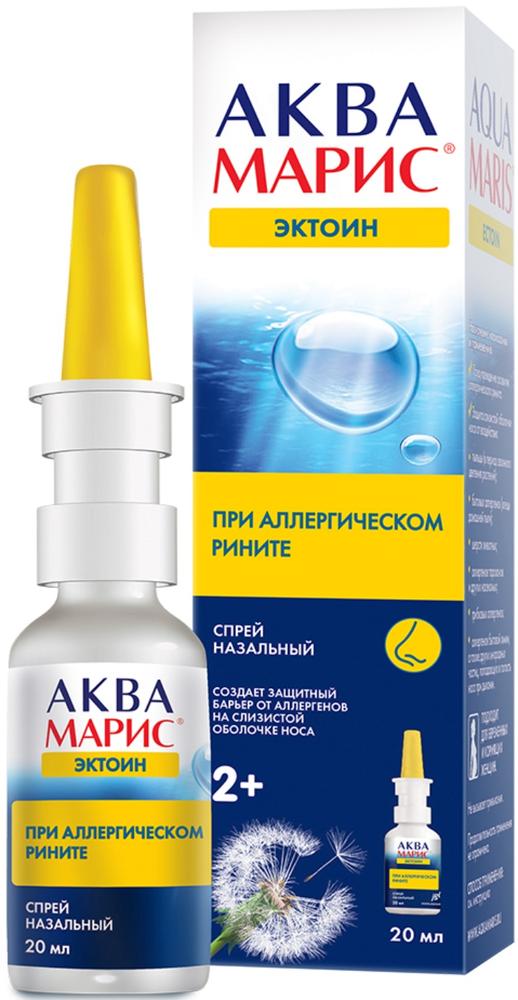
Aqua Maris ectoine nasal spray for the prevention and treatment of allergic rhinitis 20ml
$10.19
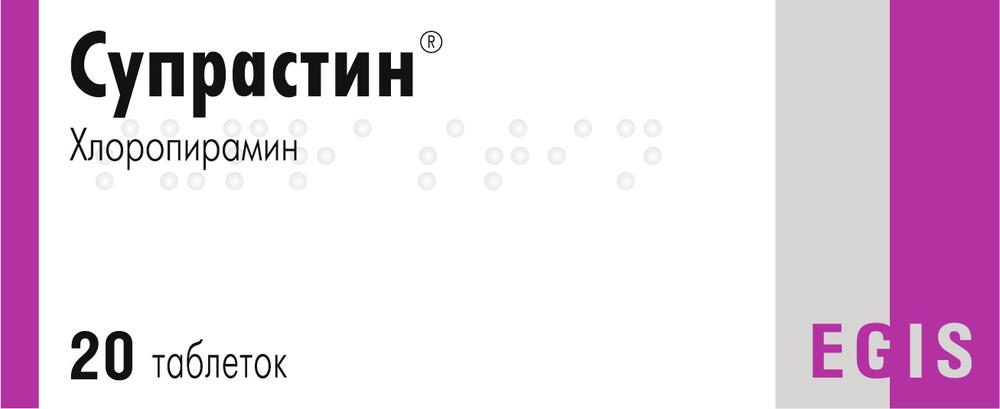
Suprastin tab 25mg 20 pc
$2.72
$13.19
NOZEFRIN SPRAY 50MKG / DOSE 120DOZ FL. 18g
Description
Composition
Active substance:
Mometasone Furoate – 50 micrograms ;.
Excipients:
Microcrystalline cellulose and sodium carboxymethylcellulose – 2000 g, glycerol – 2100 mg citric acid monohydrate – 200 g, sodium citrate dihydrate – 280 g polysorbate 80 – 10 mg, of benzalkonium chloride (solution 50%) – 40 mcg Purified water – to 0 , 1 g
Description:
White or nearly white suspension. It has a gel structure which turns into liquid when shaken.
Product form:
Nasal spray dosage 50 .mu.g / dose. 18 g (120 doses) in a vial of plastics (high density polyethylene) with a dispenser for nasal application complete with cap.
One vial together with instructions for use in a stack of cardboard.
Contraindications
Hypersensitivity to Mometasone or to any of the components of the drug; recently transferred surgery or trauma to the nasal mucosal damage of the nasal cavity – to wound healing (due to the inhibitory effect of corticosteroids on the healing process); infancy (with seasonal and perennial allergic rhinitis – up to 2 years, with an acute exacerbation of chronic sinusitis or rhinosinusitis – up to 12 years, polyposis – 18 years) in the absence of corresponding data.
Precautions tuberculous infection (active or latent) respiratory tract; untreated fungal, bacterial, viral infection or systemic infection caused by Herpes simplex lesions with eyes (as an exception is possible to use the drug in these infections as directed by physician); untreated local infection involving a process of nasal mucosa; prolonged treatment with systemic corticosteroids; pregnancy; during breastfeeding.
Dosage
50 ug / dose
Indications
Seasonal or perennial allergic rhinitis in adults, adolescents and children from 2 years; acute sinusitis or acute exacerbation of chronic sinusitis in adults (including the elderly) and adolescents from 12 years in the complex therapy; Acute rhinosinusitis with mild to moderate symptoms without signs of serious bacterial infections in patients aged 12 years and older; prophylactic treatment of seasonal allergic rhinitis, moderate and severe in adults and adolescents from 12 years (recommended for 2-4 weeks before the expected start of the season dusting); nasal polyposis, followed by a violation of nasal breathing and sense of smell, in adults (18 years).
Interaction with other drugs
With simultaneous use of mometasone loratadine observed good tolerance by patients. There was no any effect on the concentration of mometasone loratadine or its main metabolite in plasma.
Interaction studies have not been conducted with other drugs.
Overdose
symptoms
Depression of function of the hypothalamic-pituitary-adrenal system (may occur in case of prolonged use of corticosteroids at high doses, as well as simultaneous application of multiple SCS).
Treatment
Due to the low systemic bioavailability of the drug (less than 1% at a method for determining the sensitivity of 0.25 pg / ml), it is unlikely that the accidental or intentional overdose require the adoption of any measures in addition to observation with possible subsequent resumption of the drug at the recommended dose. If necessary symptomatic treatment.
pharmachologic effect
Pharmacological group:
Glucocorticosteroids for local use.
Pharmacodynamics:
Mometasone is a synthetic glucocorticosteroid (GCS) for topical application. Anti-inflammatory and antiallergic effect when used at doses at which there is no systemic effects. Inhibits the release of inflammatory mediators. Increases lipomodulin production, an inhibitor of phospholipase A, which causes the decrease of arachidonic acid release and, accordingly, suppression of the synthesis of the arachidonic acid metabolism products – cyclic endoperoxides, prostaglandins. Prevents the accumulation of neutrophils boundary, which reduces the inflammatory exudation and production of lymphokines inhibits the migration of macrophages, reduces the processes of infiltration and granulation. Reduces inflammation by reducing the formation of chemotactic substance (influence on the “late” reactions allergies), inhibits the development of immediate allergic reaction (caused by inhibition of the production of arachidonic acid metabolites, and decrease the release of mast cell mediators of inflammation).
In studies with provocative tests with the application of antigens on nasal mucosa was demonstrated high anti-inflammatory activity mometasone both early and a late phase of an allergic reaction. This was confirmed by a reduction (compared to placebo) levels of histamine and eosinophil activity and a decrease (compared to baseline), number of eosinophils, neutrophils and epithelial cell adhesion proteins.
Pharmacokinetics:
Intranasal bioavailability of mometasone application system is less than 1% (if the method for determining the sensitivity of 0.25 pg / ml). The suspension of mometasone very poorly absorbed in the gastrointestinal tract and then a small amount of a suspension of mometasone which may get into the gastrointestinal tract after nasal inhalation before excretion in bile or kidneys exposed active primary metabolism.
Pregnancy and breast-feeding
Studies of the drug in pregnant and breastfeeding women, was conducted.
As with other nasal corticosteroids, Nozefrin should be used during pregnancy and lactation only if the expected benefit to the mother outweighs the potential risk to the fetus or newborn.
Newborns whose mothers during pregnancy were used Nozefrin, should be carefully examined to detect possible hypoadrenalism.
Conditions of supply of pharmacies
Prescription.
side effects
In adults and adolescents: headache, epistaxis (ie, apparent bleeding, as well as the allocation of blood stained mucus or blood clots), sore throat, burning sensation in the nose, irritation of the nasal mucosa, ulceration of the mucous membranes of the nose, upper respiratory tract infection, feeling irritation of the mucous membrane of the pharynx. Nosebleeds were usually mild and stopped independently, the frequency of their occurrence was slightly greater than with placebo (5%), but equal to or smaller than the appointment of the other nasal corticosteroids, which were used as active controls (some of their incidence of nasal bleeding was up to 15%). The incidence of all other adverse events was comparable with the frequency of their occurrence with placebo.
Children: nosebleeds, headache, feeling of irritation in the nose, sneezing. The incidence of these adverse events in children was comparable to the frequency of their occurrence with placebo.
Rarely observed hypersensitivity reactions of immediate type (e.g., bronchoconstriction, dyspnea).
Very rare – anaphylaxis, angioedema, impaired taste and smell.
Also very rarely by intranasal application of glucocorticosteroids were cases of perforation of the nasal septum and elevated intraocular pressure.
With prolonged use of nasal corticosteroids at high doses may develop systemic side effects. Potential systemic effects include Cushing’s syndrome, features kushingoida, adrenal suppression, growth retardation in children and adolescents, cataract, glaucoma and more rarely, a range of psychological or behavioral effects including psychomotor hyperactivity, sleep disorders, anxiety, depression or aggression (particularly in children).
special instructions
Do not use in ophthalmology.
In applying the drug for a long time (several months or longer) needs periodic medical examination for early detection of possible changes in nasal mucosa.
In the case of local fungal infection of the nose or throat may require a cessation of drug therapy and special treatment. Continuing for a long time, stimulation of the nasal mucosa and pharynx as an indication to the cancellation of drug therapy.
Patients who go to the treatment of nasal spray Nozefrin after long-term treatment of corticosteroids systemic effects, require special attention. Cancel systemic corticosteroids in these patients may lead to failure of the adrenal function recovery that may take several months. If signs of adrenal insufficiency should resume receiving systemic corticosteroids and other necessary measures.
During the transition from the treatment of systemic corticosteroids for the treatment of nasal spray Nozefrin some patients may experience withdrawal symptoms of systemic corticosteroids (eg, pain in the joints and / or muscles, fatigue and depression). Such patients need to be convinced whether to continue treatment of nasal spray Nozefrin. The transition from local to system GCS can also reveal previously evolved allergic diseases such as allergic conjunctivitis and eczema, previously masked GCS therapy systemic action.
Patients applying corticosteroids possess potentially reduced immune reactivity and be alerted to elevated for their risk of infection in the event of contact with sick certain infectious diseases (e.g., chicken pox, measles), and the need to consult a physician if such contact occurred.
A regular monitoring of the patient receiving the drug for a long time. With prolonged use of nasal corticosteroids at high doses may develop systemic side effects. The probability of these effects is much smaller than with systemic corticosteroids, and may vary in individual patients, as well as between different SCS. Potential systemic effects include Cushing’s syndrome, features kushingoida, adrenal suppression, growth retardation in children and adolescents, cataract, glaucoma and more rarely, a range of psychological or behavioral effects including psychomotor hyperactivity, sleep disorders, anxiety, depression or aggression (particularly in children).
It is recommended to regularly monitor the growth of children receiving prolonged treatment with mometasone. the therapy should be reviewed when decelerating growth in order to reduce the dose of mometasone to the minimum effective dose, which allows to control the symptoms. In addition, the patient should be referred for consultation to the pediatrician.
GCS Treatment with higher doses than recommended, can cause clinically significant inhibition of adrenal function.
When signs of severe bacterial infections (eg, fever, persistent and severe pain on one side of the face or dental pain, swelling in the orbital or periorbital) details please consult a doctor immediately.
When applied in the formulation of mometasone nasal spray for 12 months did not arise signs of atrophy of the mucosa of the nasal cavity.
The efficacy and safety of mometasone has not been studied in the treatment of unilateral polyps, polyps associated with mukoviztsidozom and polyps that completely cover the nasal cavity. Unilateral polyps irregular shape or bleeding polyps should further examine.
Effects on ability to drive vehicles and mechanisms:
Data about the negative influence of the drug at the recommended doses on ability to drive and use machines, as well as perform other activities that require concentration and speed of psychomotor reactions, no.
Storage conditions
Store at a temperature not higher than 25 C.
Keep out of the reach of children.
Do not freeze !.
Dosing and Administration
Intranasally. Injecting a suspension contained in a bottle, performed with a special dosing nozzles on the vial.
Tilt your head and inject the drug in each nostril as recommended by the attending physician.
Before the first use of a nasal spray Nozefrin necessary to its “calibrate” by depressing the dispensing nozzle 6-7 times, after which there is stereotyped feed preparation – a suspension of 0.1 g (50 mcg of mometasone).
If the spray has not been used for 14 days or more, you can once again “calibration”.
Before each use, it is necessary to shake the bottle vigorously.
Treatment of seasonal or perennial allergic rhinitis
Adults (including the elderly) and adolescents from 12 years:
Recommended prophylactic and therapeutic dose is two injection (50 micrograms each) in each nostril once a day (daily dose – 200 mg). Upon reaching therapeutic effect for maintenance therapy may reduce the dose to a single injection into each nostril once a day (daily dose – 100 mg).
If reduction of symptoms can not be achieved using the drug at the recommended therapeutic dose, the daily dose may be increased to four injections in each nostril once a day (daily dose – 400 mg).
After reducing the symptoms recommended dose reduction.
Children 2-11 years:
Recommended therapeutic dose – one injection (50 micrograms) in each nostril once a day (daily dose of 100 mg).
For the use of the drug in children may need the help of adults.
The onset of action of the drug is usually noted clinically within 12 hours after the first application of the preparation.
Adjunctive treatment of acute sinusitis, acute or chronic sinusitis
The recommended therapeutic dose for adults (including the elderly) and adolescents from 12 years of two injection (50 micrograms) in each nostril twice a day (daily dose – 400 mcg).
If reduction of symptoms can not be achieved using the drug at the recommended therapeutic dose, the daily dose may be increased to four injections in each nostril twice a day (daily dose – 800 mg).
After reducing the symptoms recommended dose reduction.
Treatment of acute rhinosinusitis, with no signs of serious bacterial infection
Recommended therapeutic dose for adults and adolescents from age 12 is two injection (50 micrograms) in each nostril twice a day (daily dose – 400 mg). With the deterioration of symptoms during treatment should consult a specialist.
Treatment of nasal polyposis
The recommended therapeutic dose for adults of 18 years (including the elderly) is two injection (50 micrograms) in each nostril twice a day (daily dose – 400 mcg).
After reducing the symptoms is recommended to decrease the dose of two injections (50 ug) in each nostril once a day (daily dose – 200 mg).
Information
Appearance may differ from that depicted in the picture. There are contraindications. You need to read the manual or consult with a specialist
Additional information
| Weight | 0.100 kg |
|---|---|
| Manufacturer | VERTEX |

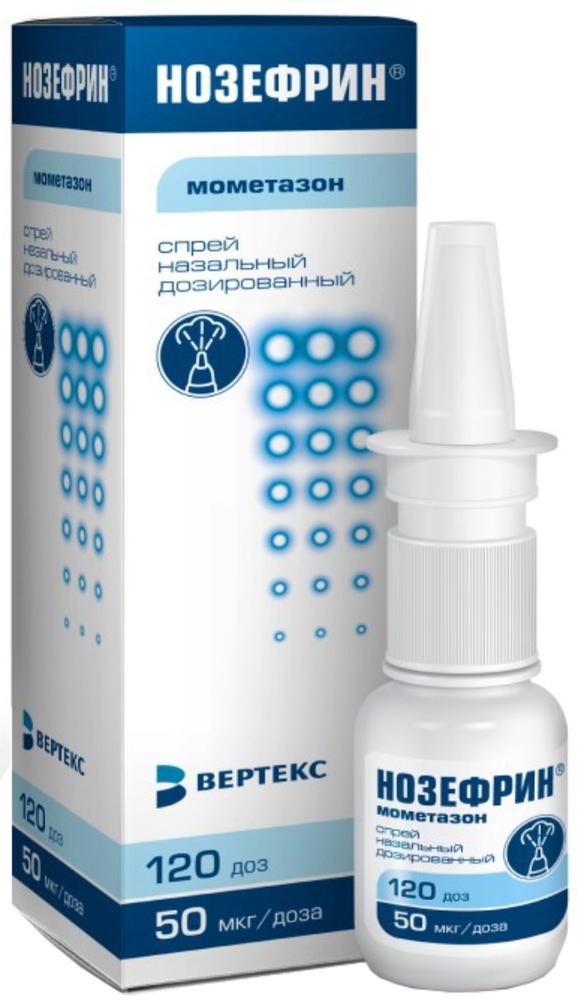
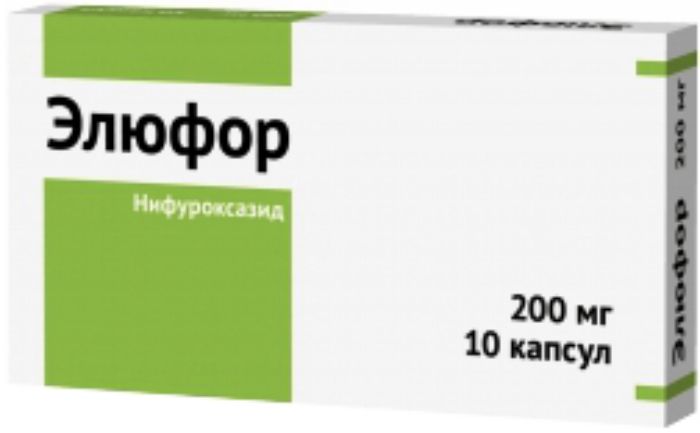
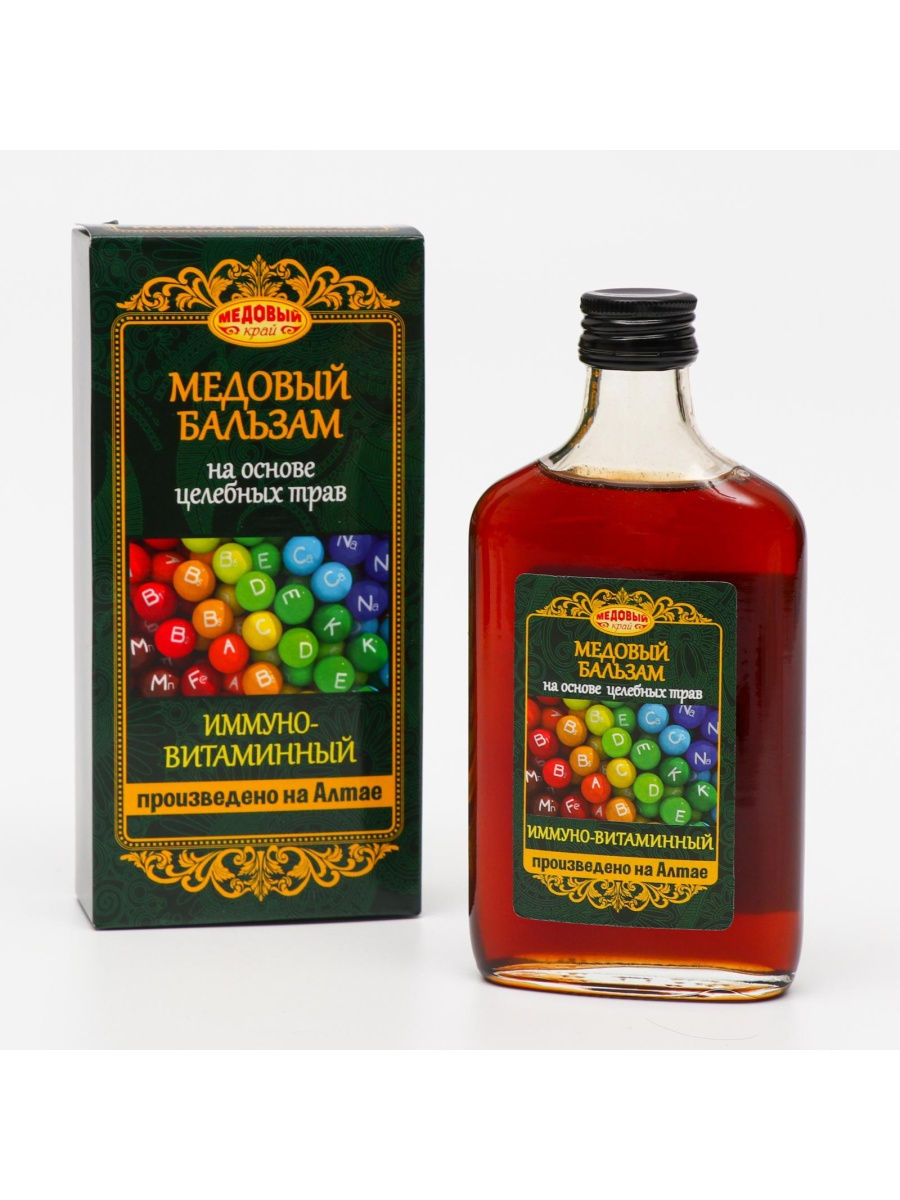
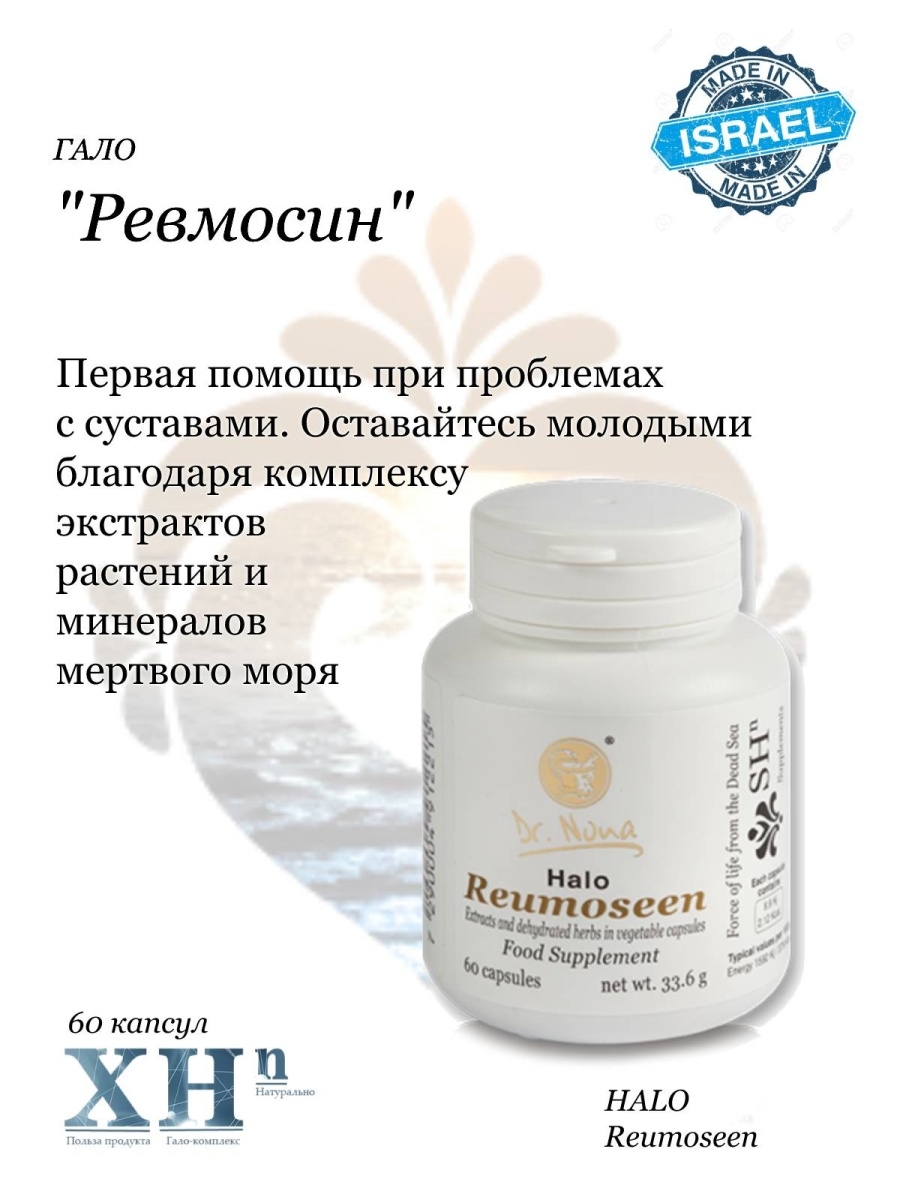
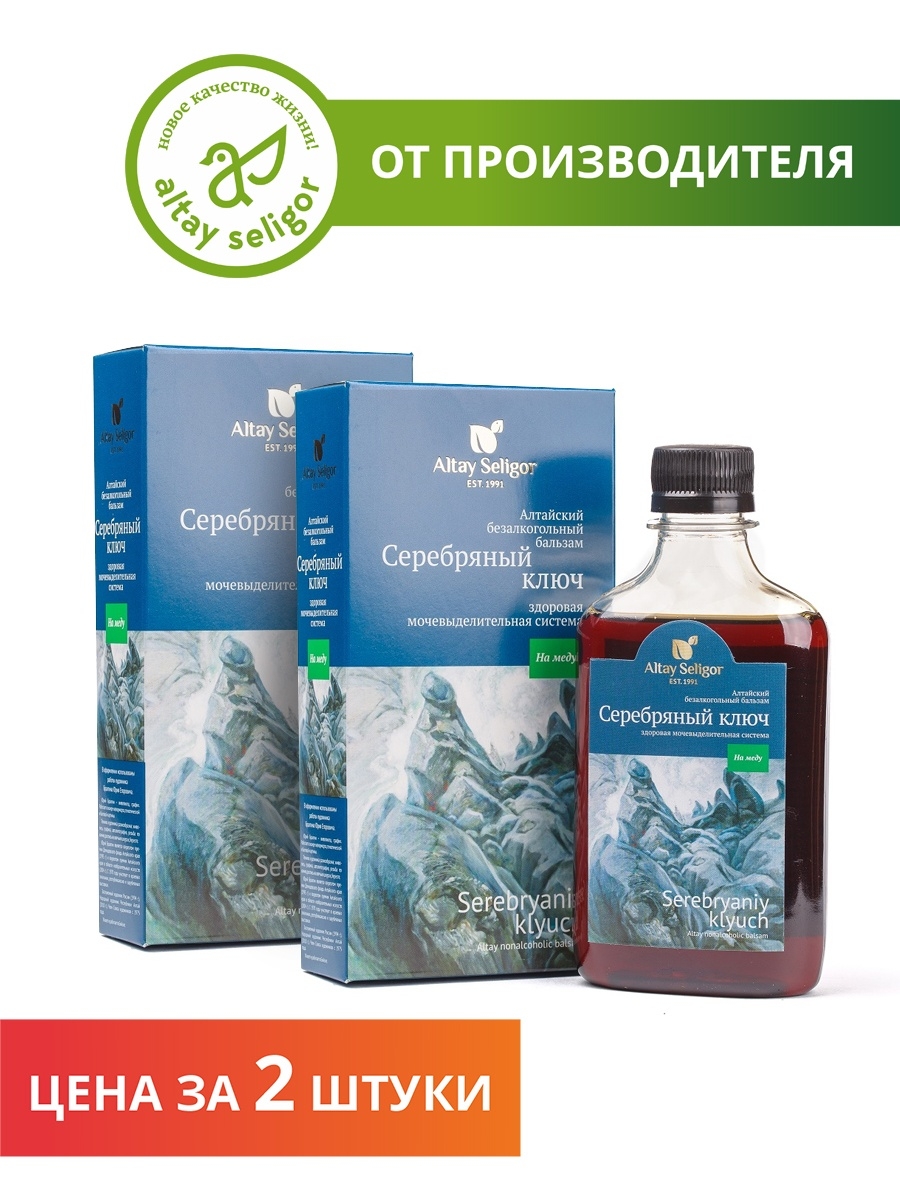
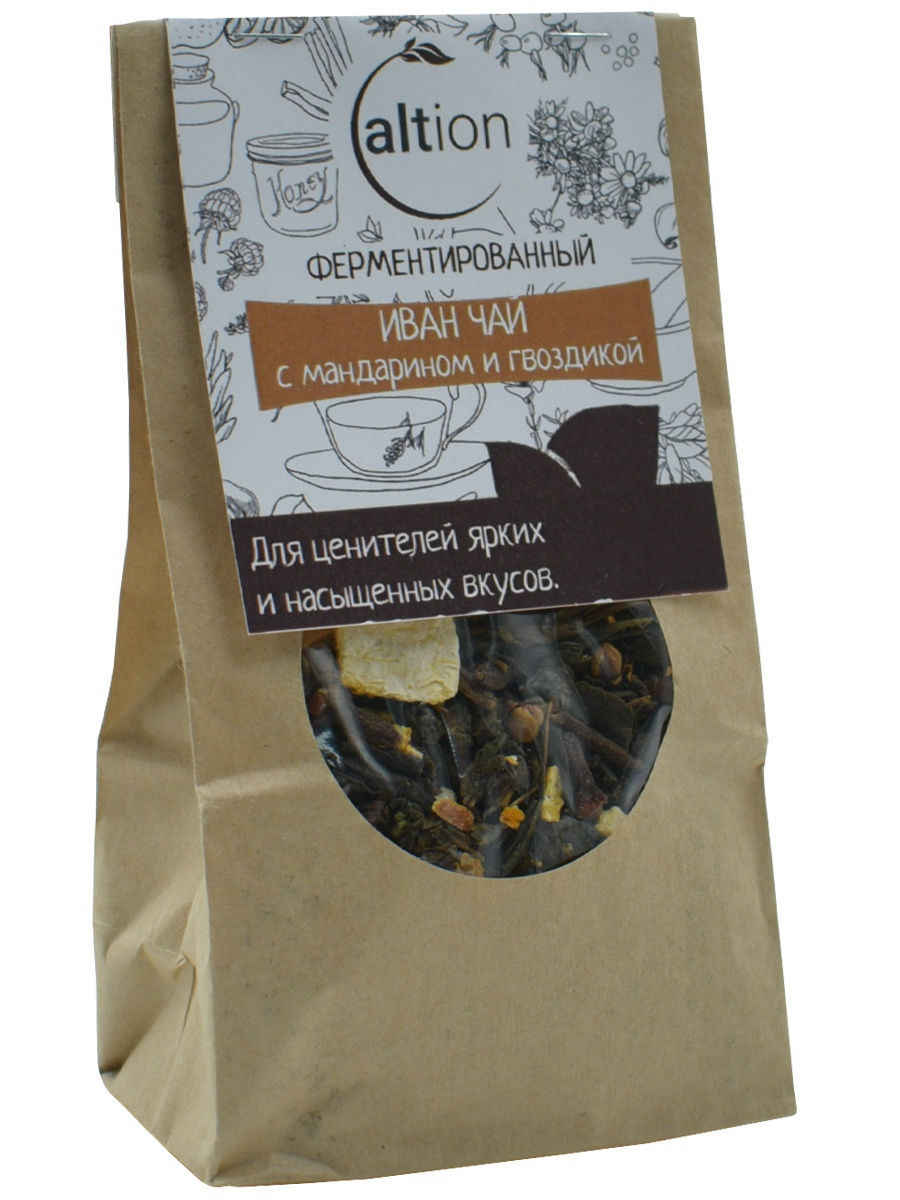
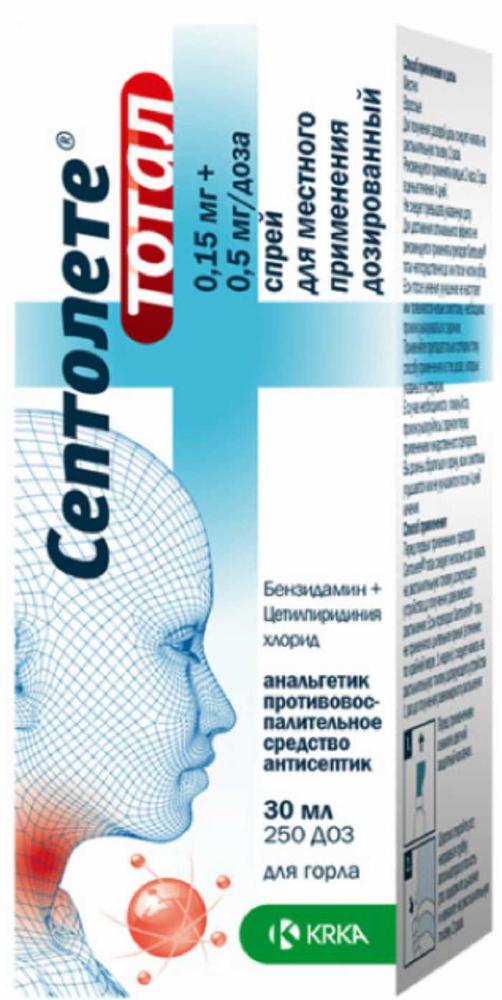




There are no reviews yet.